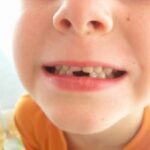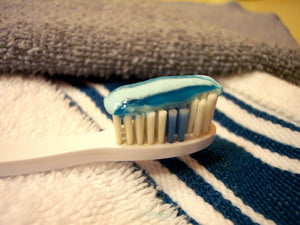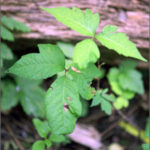Many people are concerned whether or not fluoride added to their drinking water is going to help or hurt them. Ingesting fluoride added to drinking water has not been proven to prevent cavities in children.
Fluoride and Health Problems
Some people think that fluoride is a poison and shouldn’t be added to our water supply. If there is a warning label on toothpaste telling us not to ingest the toothpaste because fluoride ingestion can have serious harmful effects and even cause death, then why are the powers that be adding it to drinking water and telling us that it’s safe?
Lovethetruth.com said, “As documented in the Journal of Dental Research (Whitford 1987, 1990), there is enough fluoride in a tube of flavored children’s toothpaste to kill an average-weighing child under the age of 9.”
In some communities where fluoride is not added to the drinking water, fluoride supplements are sometimes given to children to strengthen their teeth. My daughter was given fluoride supplements when she was 7 years old by her pediatrician. I didn’t think twice about it and she took them for over a year. Now I worry about whether she might have a buildup of fluoride in her system, just as other parents worry if fluoride has somehow caused health problems for their children.
Fluoride and Dental Problems
Children who get to much fluoride may be at risk for developing Dental Fluorosis, an irreversible disease which affects a child’s teeth as they are forming. It is the first sign that a child may have been overexposed to fluoride.
Like bones, our teeth are alive and growing especially in children. Fluorosis is the direct result of fluoride rearranging the crystalline structure of the tooth’s enamel as it is still growing.
Since this happens it should be evident to doctors as well as scientists that fluoride has a very high probability of changing the way our bodies react when fluoride is introduced. Bones for instance may have similar damage done to them when fluoride is introduced to the body.
According to the CDC “Very mild or greater enamel fluorosis was observed in 23% of persons aged 6-39 years. The prevalence of fluorosis was lowest among persons aged 20-39 years. Non-Hispanic blacks had higher proportions of very mild fluorosis than did non-Hispanic white participants. Posterior teeth were more affected by enamel fluorosis than were anterior teeth. A nine percentage point increase in the prevalence of very mild or greater fluorosis was observed among children and adolescents aged 6-19 years when data from 1999-2002 were compared with those from NIDR 1986-1987 survey of school children (from 22.8% in 1986-1987 to 32% in 1999-2002).
Many places in Europe have decided not to add fluoride to their drinking water. France, Germany, Denmark, Norway, Sweden and Finland have said ‘no’ to adding fluoride to their drinking water.
This information is a good reason to rethink our use of fluoride in drinking water as well as to how we use toothpaste. There are natural toothpastes available that contain no fluoride, which might be a healthier way to go. Bottled water may be a better alternative to drinking water that has added fluoride to it.
Sources:
http://www.cdc.gov/mmwr/preview/mmwrhtml/ss5403a1.htm
http://www.lovethetruth.com/truth_about_fluoride.htm
http://homepage.tinet.ie/~fluoridefree/europe_say_no.htm




